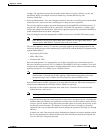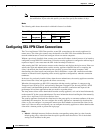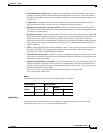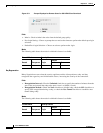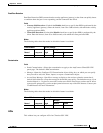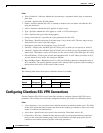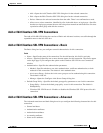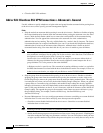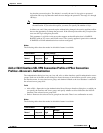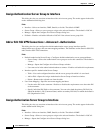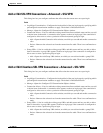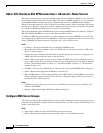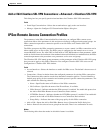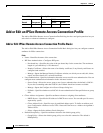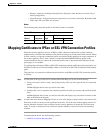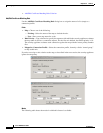
35-45
Cisco ASDM User Guide
OL-16647-01
Chapter 35 General
Configuring Clientless SSL VPN Connections
day that the password expires. The default is to notify the user 14 days prior to password
expiration and every day thereafter until the user changes the password. The range is 1 through
180 days.
Note This does not change the number of days before the password expires, but rather, it enables
the notification. If you select this option, you must also specify the number of days.
In either case, and, if the password expires without being changed, the security appliance offers
the user the opportunity to change the password. If the current password has not yet expired, the
user can still log in using that password.
This parameter is valid for AAA servers that support such notification; that is, RADIUS,
RADIUS with an NT server, and LDAP servers. The security appliance ignores this command
if RADIUS or LDAP authentication has not been configured.
Modes
The following table shows the modes in which this feature is available:
Add or Edit Clientless SSL VPN Connection Profile or IPSec Connection
Profiles> Advanced > Authentication
The Authentication dialog box lets you view, add, edit, or delete interface-specific authentication server
groups. Each row of the table on this dialog box shows the status of one interface-specific server group:
the interface name, its associated server group, and whether fallback to the local database is enabled if
the selected server group fails.
Fields
• Add or Edit—Opens the Assign Authentication Server Group to Interface dialog box, on which you
can specify the interface and server group, and specify whether to allow fallback to the LOCAL
database if the selected server group fails.
• Delete—Removes the selected server group from the table. There is no confirmation or undo.
Modes
The following table shows the modes in which this feature is available:
Firewall Mode Security Context
Routed Transparent Single
Multiple
Context System
• — • ——
Firewall Mode Security Context
Routed Transparent Single
Multiple
Context System
• — • ——



